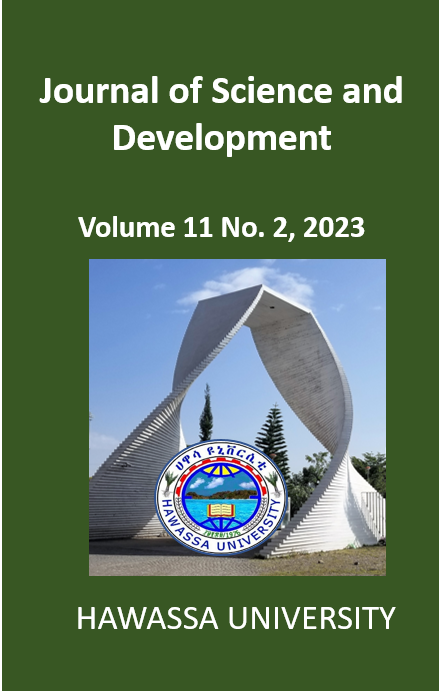Dairy Cattle Production under Changing Crop-Livestock Production Systems: performance in milk production, reproduction and quality of milk in selected districts of West Arsi Zone, Oromia Region, Ethiopia
Keywords:
Production and reproduction traits, microbiological quality of milk, Arsi cattle breed, handling practices, crossbred cowsAbstract
This study was conducted in the central highlands of Ethiopia, which has a long history of improved dairy cattle management. The study area is found in one of the most developed milk sheds as a potential area to develop dairying in the country. However, the current performance of dairy cattle needs to be investigated and documented. This study evaluated the production and reproductive performance of cows, and microbial quality of milk. A total of 124 smallholder farmers were randomly selected from lists of households who at least keep one lactating crossbred cow in 12 kebeles of Kofele, Shashemene and Dodola districts. For microbial analysis, 60 milk samples were collected from producers, milk collectors and consumers. Farmers usually keep mixed herds of local breed cows, HF and a few Jersey crosses. Farmers in Kofele district have the highest HF crossbred cows. The overall production and reproduction performance of dairy cows show the positive legacies/experience of improved dairy cattle management in the area, with an overall mean daily milk yield of 7.24+0.217 litres, at first calving of 33.54+0.82 months, calving intervals of 16.70+0.61 months, and a lactation length of 9.70+0.54 months for crossbred cows. Significant differences were observed between breeds and districts. The overall total bacterial, coliform and yeast and mould counts were 6.51+0.31, 4.74+0.24 and 3.55+0.20 log10cfu/ml, respectively. The microbial quality of the milk was satisfactory and it has acceptable ranges of Ethiopian standards. Farmers perceived feed shortage, the declining trends in crossbreeding programs and lack of sufficient services as market as important barriers to improve milk production. Farmers are switching from typical dairy farmers to cash crop producers. Maintaining the extension systems, good cattle feeding systems, breed improvements practices as well as connecting farmers to the market would stimulate dairy farmers to regain their position as typical dairy production/milk sheds.
Downloads
Published
Issue
Section
License
Copyright (c) 2024 Sintayehu Yigrem, Abdisa Geletu Geletu, Frew Kassa Kassa, Abule Ebro Ebro

This work is licensed under a Creative Commons Attribution 4.0 International License.
The author(s) of the individual articles remain the copy right of their articles.

